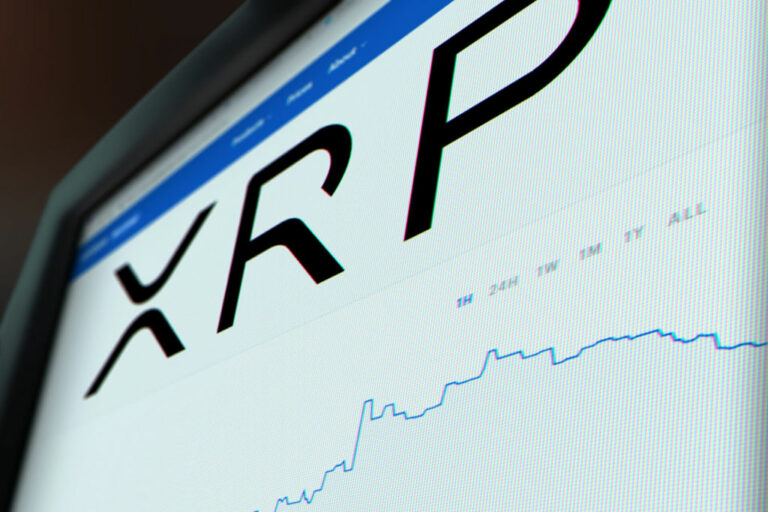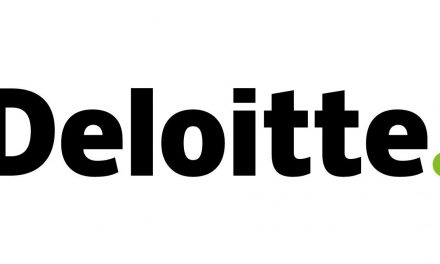After a recent legal win against the U.S. Securities and Exchange Commission (SEC), Ripple Labs found some relief from the regulatory uncertainty that had overshadowed its XRP Ledger (XRPL) project for years. However, even as the regulatory threat recedes, the persistent criticism that XRPL faces from blockchain purists regarding its centralization remains a cause for debate.
XRP Ledger, which traces its roots back to the early 2000s and shares its heritage with Bitcoin, employs a unique approach in its technological design. Unlike many other blockchain networks, XRPL relies on a more centralized transaction-processing mechanism, controlled by a smaller group of “validators” or key operators. This approach was a conscious trade-off made by Ripple Labs to create a faster, more consistent, and cost-effective decentralized currency, tailored for institutional adoption.
The benefits of this centralization include enhanced security, speed, and throughput. However, the downside is that more centralized networks are vulnerable to the influence of major players and prone to single points of failure.
Despite these concerns, XRPL has managed to establish itself as a significant player in the blockchain industry. With a market capitalization of $42 billion, XRP stands as the fourth-largest cryptocurrency globally. It has attracted partnerships with major banks, such as Bank of America, and boasts features like native NFT integration and forthcoming smart contract-like functionality.
Ripple’s primary objective differs from that of many rival blockchain projects, as it focuses on making iterative improvements to the existing financial system rather than aiming to disrupt it entirely. This distinction has garnered mixed responses from the cryptocurrency community, with some applauding the project’s practical approach, while others adhere to the decentralized ethos that has become synonymous with cryptocurrencies like Bitcoin and Ethereum.
Critics of XRPL’s design primarily target its consensus mechanism, known as “proof of association” (PoA). Unlike the proof-of-work and proof-of-stake systems used by Bitcoin and Ethereum, PoA is more closed-off, requiring XRPL server operators to compile a list of trusted validators manually. This results in a significantly smaller number of validators compared to other networks, potentially raising concerns about the chain’s overall decentralization.
The distribution of the XRP token also raises eyebrows among skeptics, as 80% of the initial XRP tokens went to Ripple Labs, while the remaining 20% was allocated to its founders. Over time, Ripple Labs has divested a portion of its XRP holdings, but questions remain about the impact of its significant holdings on the asset’s price.
Despite these criticisms, XRPL continues to evolve, exploring avenues for improvement. Third parties are working on sidechains that can extend the capabilities of XRPL through programmable smart contracts. Additionally, there are official proposals to introduce “hooks” that enable the execution of code on specific types of transactions.
Ripple’s journey has been filled with controversies, but its recent legal victory has gained it some allies, albeit grudgingly in some cases. The notion of centralization in blockchain has evolved over the years, and there is growing demand for low-fee, “permissioned” blockchain projects that cater to institutions.
While Ripple may still face resistance from ardent Ethereum and Bitcoin maximalists, there is a clear market for institution-friendly blockchain solutions among investors and developers. With the SEC case behind it, and potential advancements in programmability, Ripple Labs may well find itself positioned to ride a new wave of enthusiasm and adoption.





